Toxin-Free Lotions, Moisturizers, Body Butter, Body Oil & Tallow
- Aug 10
- 4 min read
Updated: 5 days ago
Discover clean, toxin-free moisturizers that hydrate without harmful additives. Learn the top ingredients to avoid, how to spot parabens and other hidden toxins, and explore the comedogenic scale so you can choose the best formulas for your skin type.
Get exclusive discounts when shopping through our links. As an amazon associate & affiliate, we may receive compensation. As always, our picks are carefully vetted.
Toxin-Free Water Based Lotions
Toxin-Free Body Butters
Toxin-Free Tallow
Toxin-Free Body Oils
Learn More
Why Choose Clean Moisturizers?
Many mainstream moisturizers rely on fillers, synthetic fragrance, or petroleum-based ingredients that can irritate skin or clog pores. Clean moisturizers, on the other hand, use plant oils, butters, and botanical extracts to hydrate and nourish without unnecessary chemicals.
🚫 Top 10 Ingredients to Avoid in Moisturizers
Parabens – synthetic preservatives linked to hormone disruption.
Common names: methylparaben, ethylparaben, propylparaben, butylparaben, isobutylparaben.
Phthalates – often hidden under “fragrance” or “parfum” to make scents last longer.
Synthetic Fragrance/Parfum – may contain undisclosed chemical mixtures and allergens.
Formaldehyde-releasing preservatives – such as DMDM hydantoin, imidazolidinyl urea, diazolidinyl urea, quaternium-15.
Petrolatum/Mineral Oil/Paraffin – petroleum-derived, may contain PAH contaminants and can create a barrier that traps bacteria.
Silicones – like dimethicone, cyclopentasiloxane, cyclohexasiloxane; create a coating that can clog pores for some.
PEG Compounds (polyethylene glycols) – can be contaminated with carcinogens like 1,4-dioxane.
Oxybenzone & Octinoxate – chemical sunscreen agents sometimes added into daily moisturizers with SPF.
Ethanolamines (MEA/DEA/TEA) – foaming/emulsifying agents linked to contamination with nitrosamines.
Artificial Dyes (FD&C colors, Red 40, Yellow 5, Blue 1, etc.) – potential irritants and unnecessary additives.
Clean Ingredient Swap List for Moisturizers
When shopping for moisturizers, knowing what to avoid is just one step — the next is knowing what to choose instead. Here’s a quick swap guide you can reference:
1.Parabens (methylparaben, propylparaben, butylparaben, etc.)
❌ Used as cheap preservatives, linked to hormone disruption.
✅ Swap with: Vitamin E (tocopherol), rosemary extract, radish root ferment, or lactobacillus ferment (natural preservatives).
2.Petrolatum, Mineral Oil, Paraffin
❌ Petroleum-derived, can trap bacteria under the skin.
✅ Swap with: Shea butter, cocoa butter, mango butter, jojoba oil, or squalane.
3.Dimethicone, Cyclopentasiloxane (silicones)
❌ Create a “fake smooth” coating but may clog pores.
✅ Swap with: Aloe vera gel, shea butter, or lightweight oils like hemp seed or argan oil.
4.Synthetic Fragrance / Parfum
❌ Hides phthalates and other undisclosed chemicals.
✅ Swap with: Essential oils (lavender, chamomile, citrus), or fragrance-free options.
5.Formaldehyde-Releasing Preservatives
(DMDM hydantoin, imidazolidinyl urea, quaternium-15)
❌ Can slowly release formaldehyde into products.
✅ Swap with: Potassium sorbate, sodium benzoate (low concentrations), or natural plant-based preservatives.
6.PEG Compounds (Polyethylene Glycol)
❌ May be contaminated with carcinogens like 1,4-dioxane.
✅ Swap with: Natural emulsifiers such as beeswax, lecithin, or cetearyl alcohol (plant-derived).
7.Artificial Dyes (FD&C Red 40, Yellow 5, Blue 1)
❌ Add no benefit, may irritate skin.
✅ Swap with: Beetroot powder, turmeric, spirulina, or herbal infusions for natural tint.
8.Oxybenzone & Octinoxate (in SPF moisturizers)
❌ Chemical UV filters linked to endocrine disruption.
✅ Swap with: Non-nano zinc oxide or titanium dioxide (physical/mineral sunscreens).
9.Ethanolamines (DEA, MEA, TEA)
❌ Can form nitrosamines (carcinogens) when combined with other ingredients.
✅ Swap with: Plant-based emulsifiers and foaming agents (like coconut-derived glucosides).
10.Butylene Glycol (petroleum-derived humectant)
❌ May irritate sensitive skin and is petroleum-sourced.
✅ Swap with: Glycerin (plant-based), aloe vera, or hyaluronic acid.
Understanding the Comedogenic Scale
The comedogenic scale ranks ingredients from 0 to 5 based on how likely they are to clog pores (which can lead to breakouts).
0 = won’t clog pores at all
5 = highly likely to clog pores
Examples by Rating:
0 (Non-comedogenic):
Argan Oil
Hemp Seed Oil
Sunflower Oil
2–3 (Moderate risk, depends on skin type):
Jojoba Oil (2)
Almond Oil (2)
Avocado Oil (3)
4–5 (Higher clogging risk, best avoided for acne-prone skin):
Coconut Oil (4)
Wheat Germ Oil (5)
Flaxseed Oil (5)
Tips for Using Moisturizers Effectively
Apply to damp skin – locks in hydration better than applying to dry skin.
Less is more – start with a pea-sized amount; you can always add more.
Layer correctly – lighter serums first, moisturizer second, oils last.
Switch with the seasons – lighter lotions in summer, richer butters in winter.
Know your skin type – oily/acne-prone skin does best with low comedogenic oils; dry skin often benefits from richer butters.

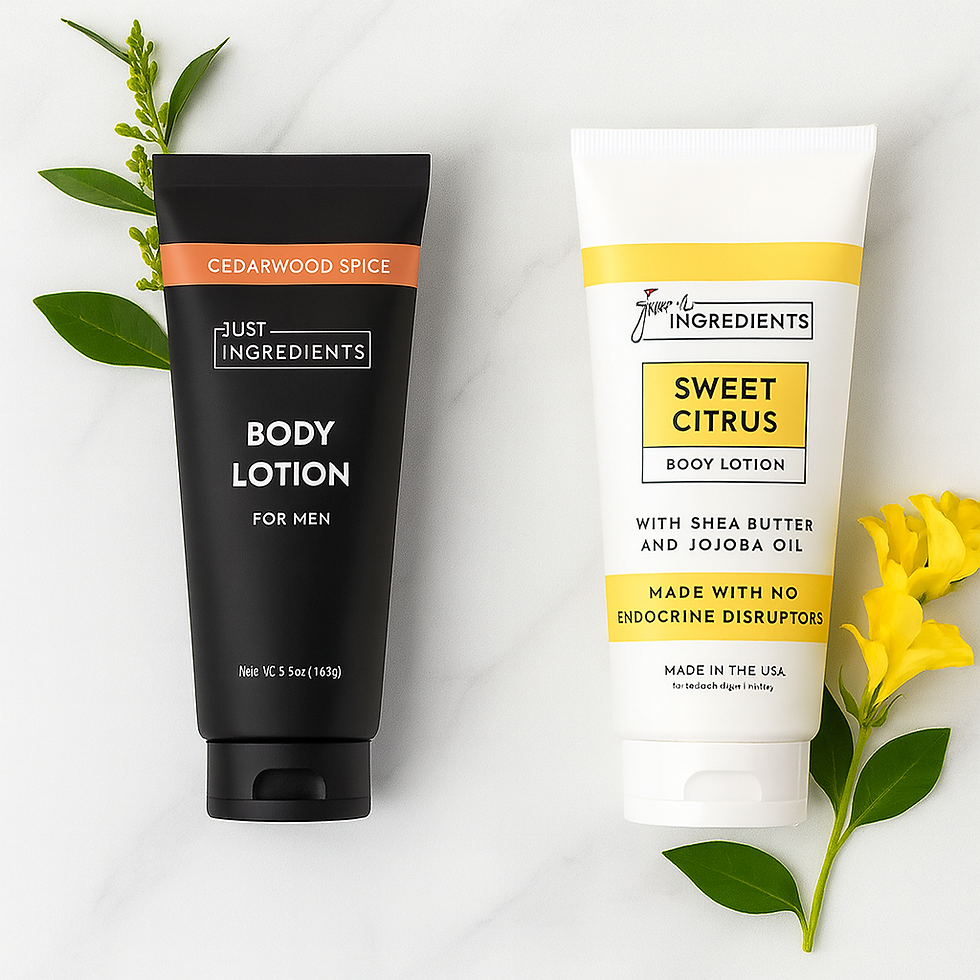













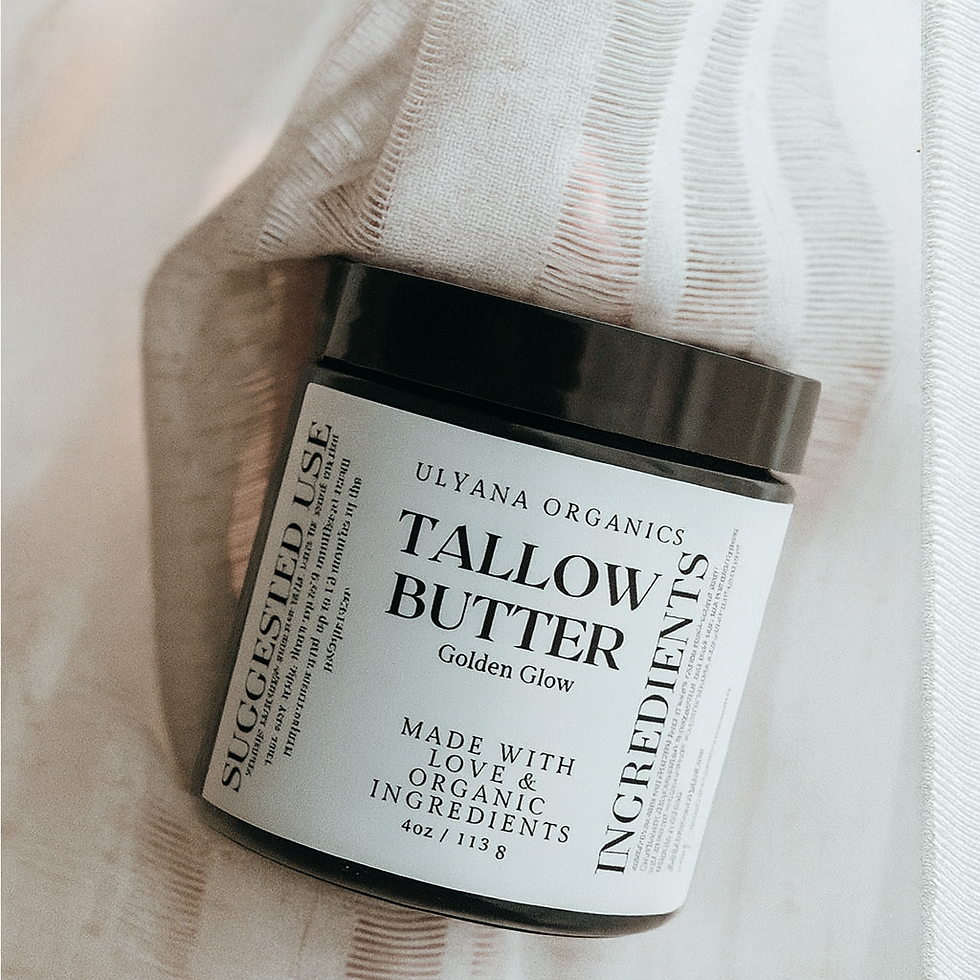


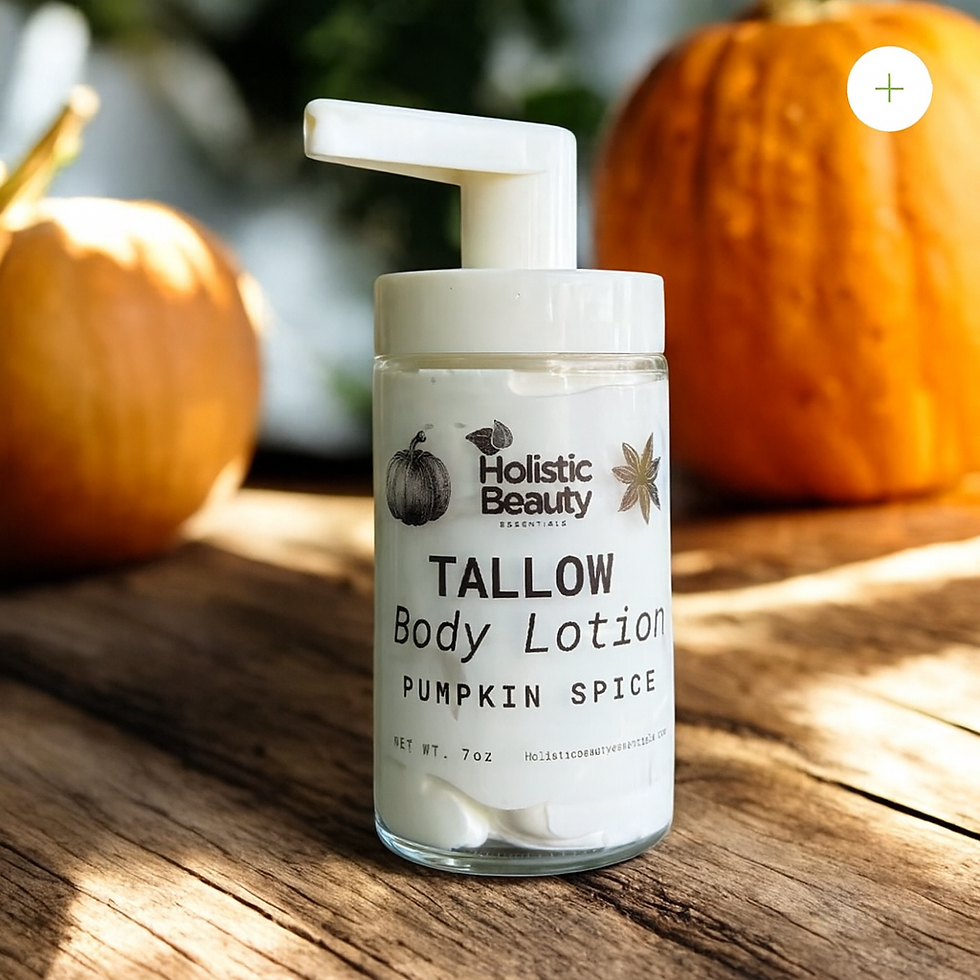



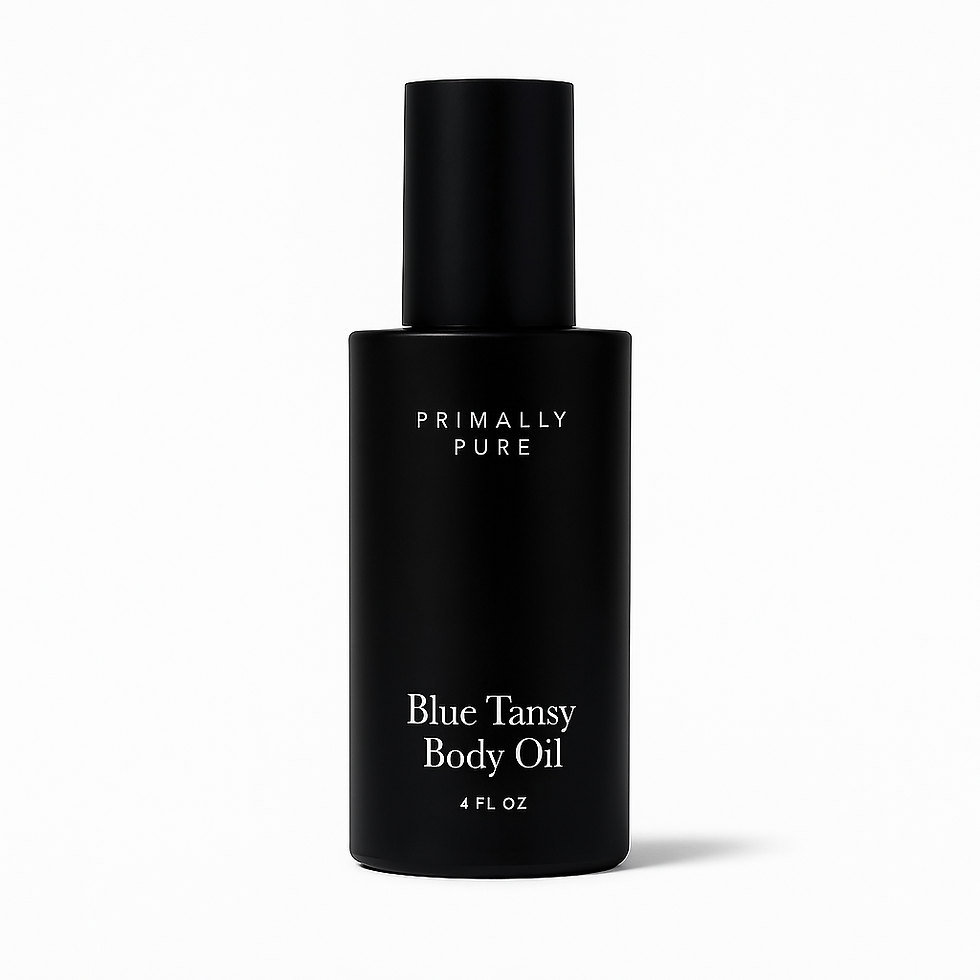


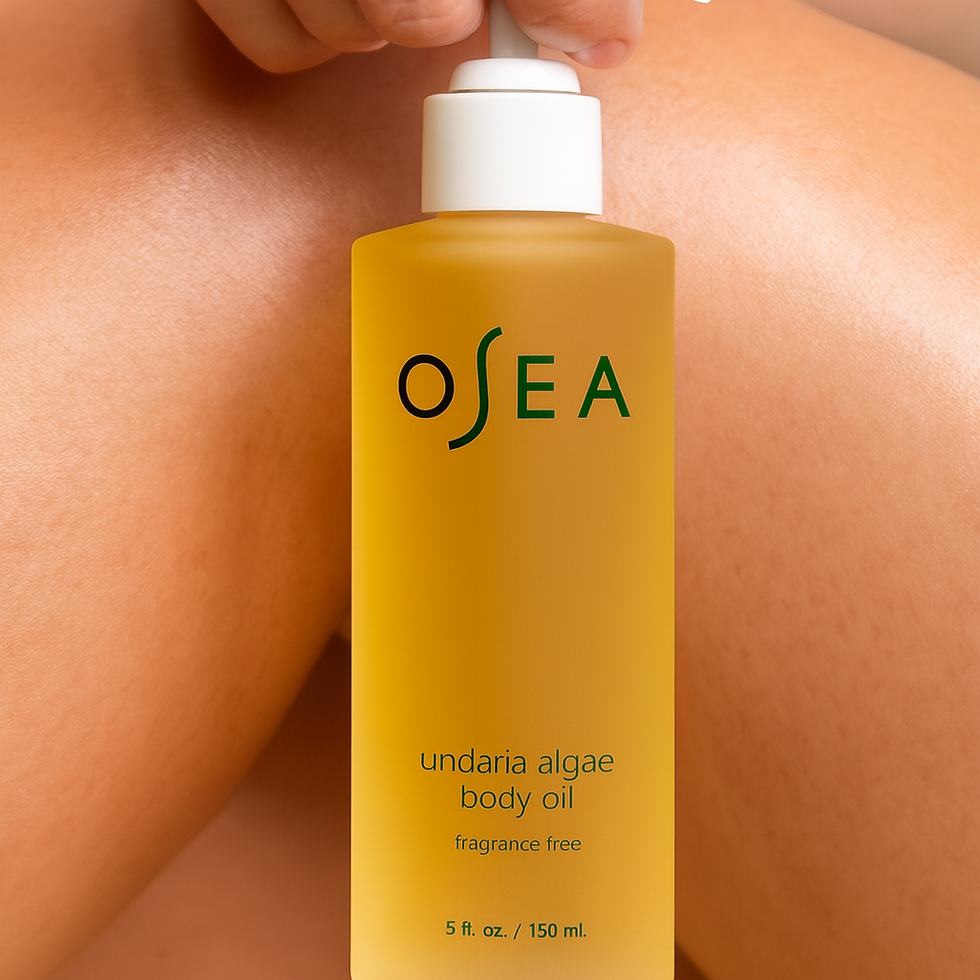



Comments